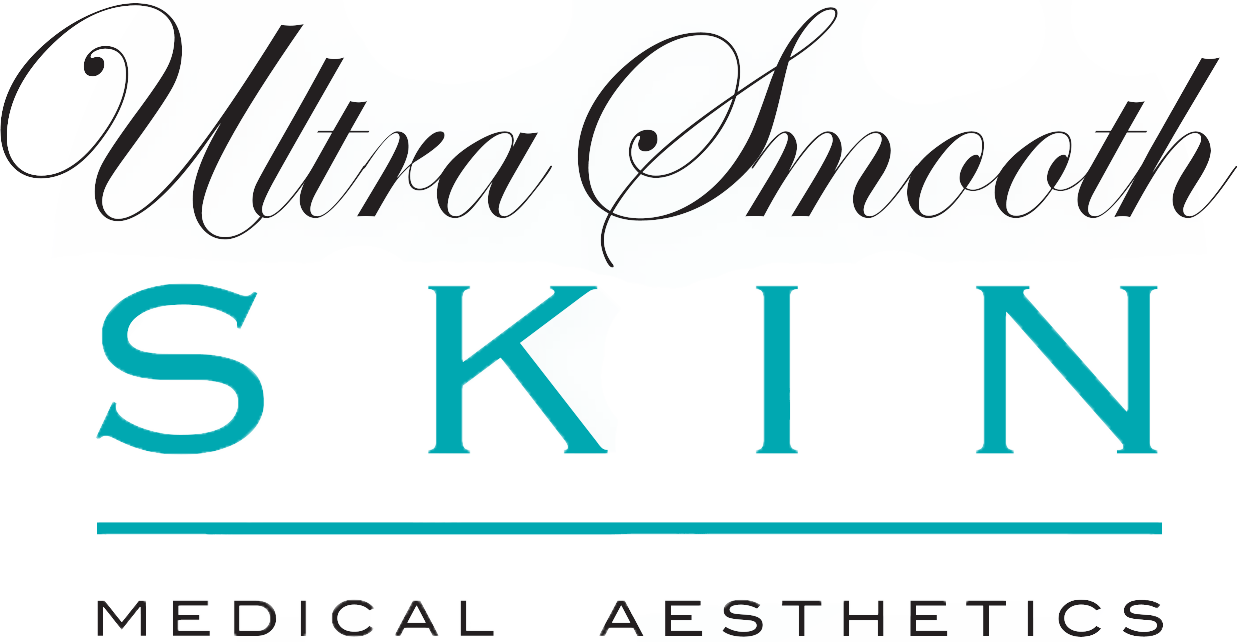The easiest way for a person to get their RDA of Vitamin D is to go out in the sun. Ultraviolet B rays allow the body to make Vitamin D. The problem, of course, is that being out in the sun too much can be damaging to the skin, thanks to ultraviolet A and infrared rays and the same ultraviolet B rays that allow Vitamin D to be manufactured in the first place. Fortunately, there are other ways for a person to get their allowance of Vitamin D.
Vitamin D is one of the few vitamins human beings can make without taking it in as food. This makes it more a hormone than a vitamin. Vitamin D helps balance levels of phosphorus and calcium in the blood. It’s necessary for strong and healthy bones and a healthy immune system. Vitamin D also protects against arthritis and given its support of the immune system, can protect against forms of cancer, including colorectal cancer. However, a surprising number of people don’t get enough Vitamin D. This is especially true during the winter when people don’t go out into the sun as much. However, too much vitamin D can result in a condition called hypercalcaemia, when there’s too much calcium in the blood. This can lead to nausea, vomiting, kidney stones, pain in the bones, fatigue and arrhythmias.
As in many things, the body’s ability to make vitamin D decreases as the person ages, so older people especially might want to take Vitamin D supplements. The RDA of Vitamin D is about 400 to 600 international units for people who are over 50 years old and 800 I.U. for people over 70. Vitamin D is also routinely added to milk and breakfast cereals. Cold water fish like salmon, tuna, mackerel and herring are also high in Vitamin D.
Copyright 2012. As licensed to Ultra Smooth Skin. All rights reserved

